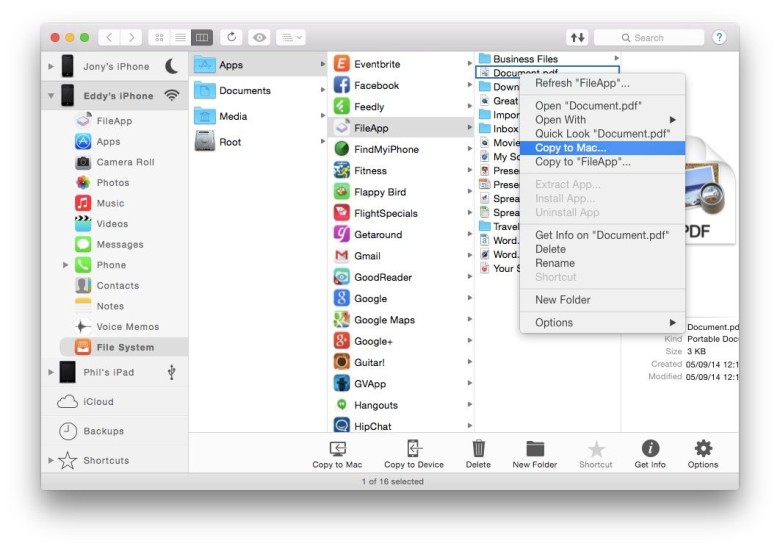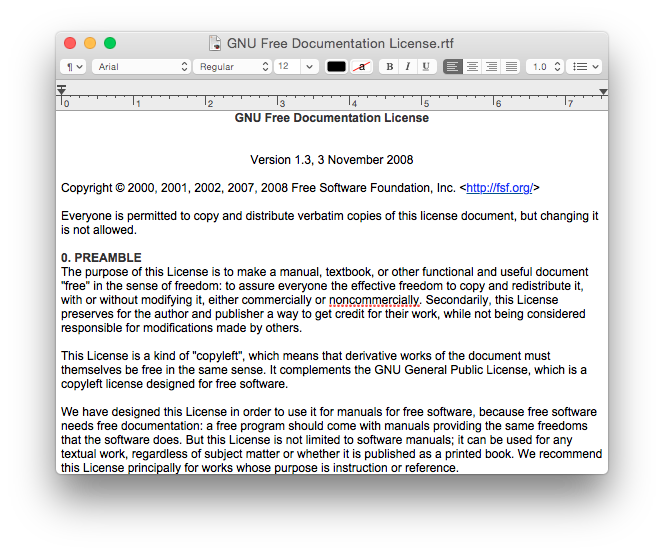How To Read Old Mac Photo Library
Mar 18, 2020 Your Photos library holds all your photos, albums, slideshows, and print projects. If your library is large, and you want to free up storage space on your Mac, turn on iCloud Photo Library and use Optimize Mac Storage, or move your library to an external drive. Apr 01, 2020 Quit Photos. Hold down the Option key, then open Photos. One of the photo libraries is already designated as YourLibraryName (System Photo Library). Choose the library you want to designate as the System Photo Library. After Photos opens the library, choose Photos Preferences from the menu bar. Click the General tab.
Your Photos library holds all your photos, albums, slideshows, and print projects. If your library is large, and you want to free up storage space on your Mac, turn on iCloud Photo Library and use Optimize Mac Storage, or move your library to an external drive.
 Feb 06, 2020 Click the 'File' menu. Mac users will see the option 'Add to Library,' while PC users will see 'Add Folder to Library'. Click whichever of these options appears for you, and allow iTunes to open a browsing window. There is also the option to ‘Add File to Library’, but this will only add a single song, rather than an entire folder of songs. If you add a folder, all the files it contains are added to your library. Tip: You can also drag a file or folder from the Finder to the iTunes window to import it. By default, iTunes places a copy of each audio file in the iTunes folder ( Home /Music/iTunes/iTunes Media) and leaves the original file in the current location.
Feb 06, 2020 Click the 'File' menu. Mac users will see the option 'Add to Library,' while PC users will see 'Add Folder to Library'. Click whichever of these options appears for you, and allow iTunes to open a browsing window. There is also the option to ‘Add File to Library’, but this will only add a single song, rather than an entire folder of songs. If you add a folder, all the files it contains are added to your library. Tip: You can also drag a file or folder from the Finder to the iTunes window to import it. By default, iTunes places a copy of each audio file in the iTunes folder ( Home /Music/iTunes/iTunes Media) and leaves the original file in the current location.
May 07, 2015 If you’ve already decided to switch from iPhoto or Aperture to OS X Photos or Adobe’s Lightroom 6, you could trash your old iPhoto/Aperture photo library and use Photos or Lightroom’s new. How to Combine Multiple Photos Libraries Into a Single Library Saturday, July 1st, 2017 Author: Tom Nelson. If you’ve been working with the Mac’s Photos app (or even the older iPhoto or Aperture apps) for any length of time, there’s a good chance you have multiple image libraries to help you organize your pictures.
Before you start, be sure to back up your library.

Prepare your drive
You can store your library on an external storage device, such as a USB or Thunderbolt drive formatted as APFS or Mac OS Extended (Journaled).1 Find out how to check the format of your external storage device.
To prevent data loss, Apple doesn't recommend storing photo libraries on external storage devices like SD cards and USB flash drives, or drives that are shared on a network.
Move your Photos library to an external storage device
- Quit Photos.
- In the Finder, go to the external drive where you want to store your library.
- In another Finder window, find your library. The default location is Users > [username] > Pictures, and it's named Photos Library.
- Drag your library to its new location on the external drive. If you see an error, select your external drive's icon in the Finder, then choose File > Get Info. If the information under Sharing & Permissions isn't visible, click , then make sure the 'Ignore ownership on this volume' checkbox is selected. If it's not selected, click to unlock it, enter an administrator name and password, then select the checkbox.2
- After the move is finished, double-click Photos Library in its new location to open it.
- If you use iCloud Photo Library, designate this library as the System Photo Library.
Delete original library to save space
After you open your library from its new location and make sure that it works as expected, you can delete the library from its original location.
In a Finder window, go back to your Pictures folder (or whichever folder you copied your library from) and move Photos Library to the trash. Then choose Finder > Empty Trash to delete the library and reclaim disk space.
Open another Photos library
If you have multiple libraries, here's how to open a different one:
- Quit Photos.
- Press and hold the Option key while you open Photos.
- Select the library that you want to open, then click Choose Library.

Photos uses this library until you open a different one.
Mac library folder empty. Open the Mail app, click the Mail menu, and select Preferences. This makes them accessible entirely offline and allow to index them for easy search. However, if you have gigabytes of emails in your Gmail account or elsewhere, you may not want them all on your Mac!There was once a way to control the size of the email cache by changing the “Keep copies of messages for offline viewing” option to “Don’t keep.” This option was removed in OS X Mavericks, so there’s no longer any way to tell Mail to download less messages from within Mail itself.However, you can save some space by telling Mail not to automatically download attachments.
Learn more
Mac Photos Library Location
If you have a permissions issue with your library, you might be able to resolve the issue by using the Photos library repair tool.
1. You can't move your library to a disk that's used for Time Machine backups.
Move Photo Library Mac
2. If the volume isn't formatted APFS or Mac OS Extended (Journaled), or has been used for Time Machine backups but hasn't been erased, this checkbox will either not be present, or won't be selectable after unlocking. Erase and reformat the drive for this option to be available.